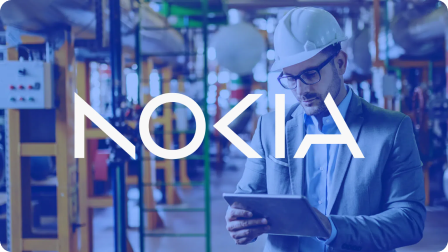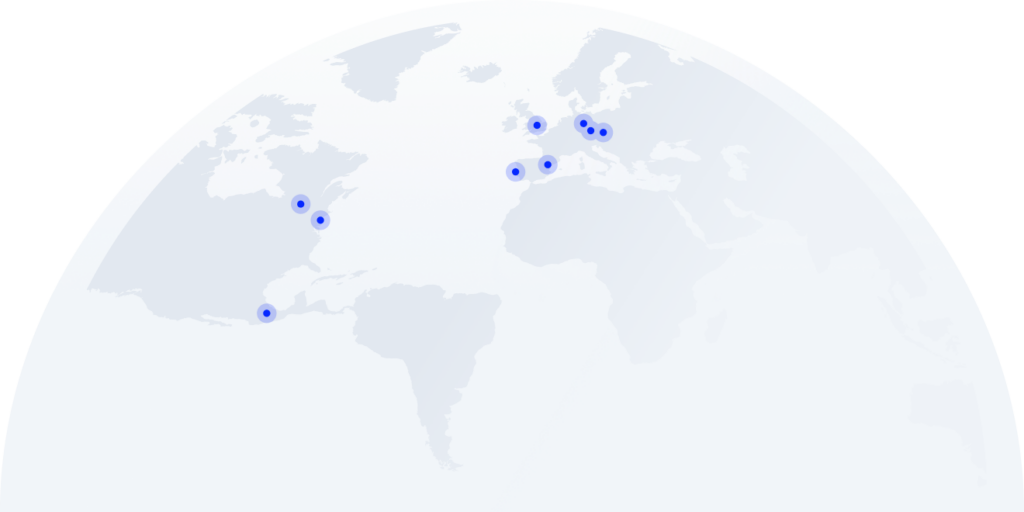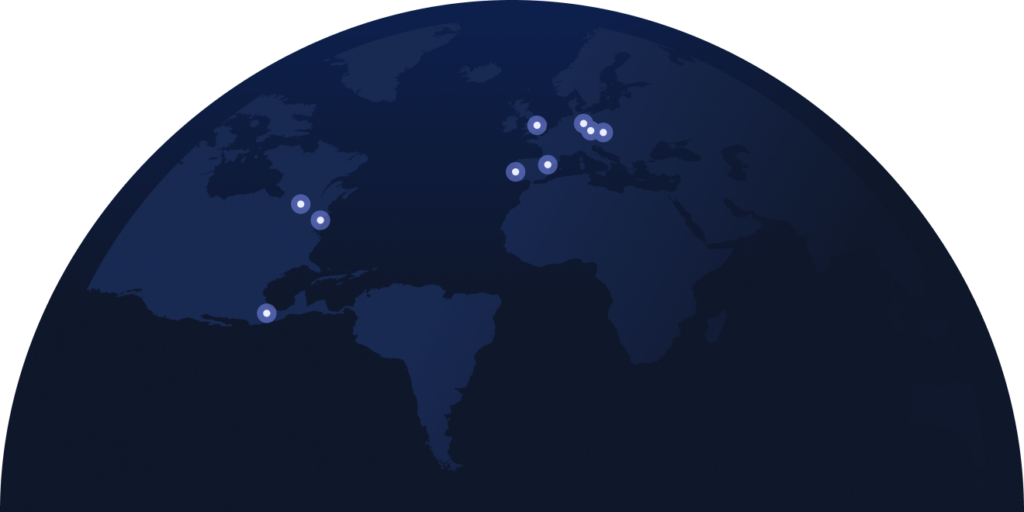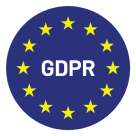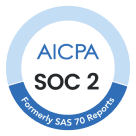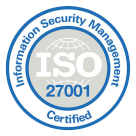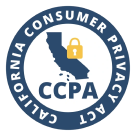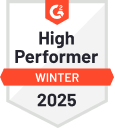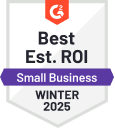Best Dialers for Call Centers in 2025:
Types & Providers Explained
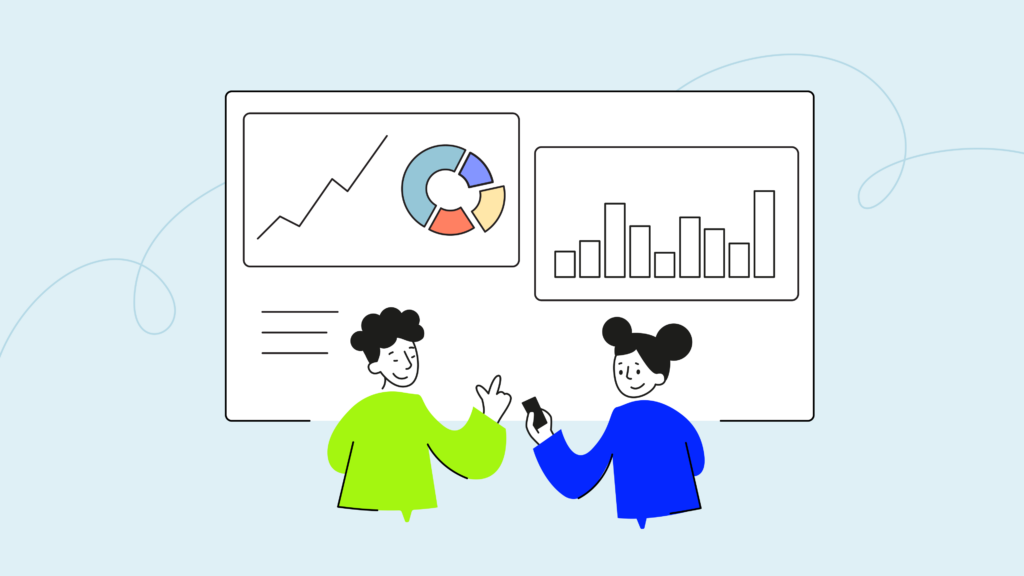
The telephone dialer software market is set to reach $1.22B value in the next 10 years*. Discover why companies are investing in dialer systems for call centers and how they’re using them to reach up to 3x more contacts daily.*
Despite increasing legal scrutiny under laws such as the TCPA and GDPR, outbound dialer software has been growing in popularity since its inception in the 1980s. And its easy to see, considering the large time and cost savings the systems offer.
But not all auto dialer software for call centers is created equal. There are multiple types, each with its best use cases and associated benefits. And today, we’ll introduce you to them all, along with the 6 best providers available on the market today. Keep reading!
Key Takeaways:
- A dialer system for call centers automates dialing, reducing manual effort, increasing efficiency, and improving agent productivity.
- Dialers come in predictive, power, preview, parallel, and smart types—each designed to optimize outreach, personalization, or call volume.
- The best dialer software for call centers depends on speed, compliance, and CX needs. Consider features, automation, and call strategy before deciding.
Cut Idle Time by 50% with AI Dialing: See how our advanced dialer keeps agents on calls, not on hold.
What Is a Call Center Dialer?
Historically, a call center dialer was an analog device you connected to your phone to automate your dialing, save time, and maximize outreach. Today’s auto dialers for call centers still fulfill the same function but are completely software-based.
However, they carry several additional advantages. First, the new infrastructure makes it much easier, faster, and cheaper to onboard similar web dialers for entire teams at a time. Removing manual dialing also helps limit potentially costly mistakes.
Furthermore, the technology has developed far beyond its original scope, leading to the development of multiple types of phone dialing software, each with its own set of best use cases and benefits, such as personalization, intelligent call pacing, and more.
Imagine this…
Imagine this…
Lucy is a call center agent for a small business. Before, she used to have to keep her CRM constantly open to update contact details and look at customer numbers before manually typing them into her phone and calling.
However, since her company onboarded CloudTalk’s business communication system, she can call anyone directly from her computer or phone just by clicking on a number. Thanks to this, she’s been able to cut call times by 50% and increase calls by 300%.
Types of Call Center Dialer Systems & Their Use Cases
As we mentioned, there are multiple types of dialer systems for call centers that companies can choose to focus efforts on specific aspects of their inbound and outbound operations. Below, you’ll find what you need to know about each.
Predictive Dialer
The call center predictive dialer prioritizes maximum efficiency for high-volume campaigns. Using algorithms, it predicts when agents will be free and places multiple calls simultaneously, aiming to keep downtime down and call volumes up.
Predictive dialing is ideal for outbound campaigns where reaching as many contacts as possible is critical. However, if too many contacts answer simultaneously, this system can lead to abandoned calls, which may negatively impact customer experience.
pros & cons
Pros:
- Enhanced call targeting with data-driven dialing
- Increased efficiency with AI-powered prioritization
Cons:
- May require additional resources in training and initial costs
Power Dialer
Power dialers automate the dialing process by calling numbers from a pre-set list one after another, only connecting the call if a live person answers, which makes them ideal for increasing efficiency without sacrificing simplicity.
Unlike predictive systems, they don’t rely on algorithms to anticipate agent availability, making them more straightforward to use while reducing the risk of abandoned calls. However, they don’t perform quite as well with personalization.
pros & cons
Pros:
- Streamlined dialing for consistent workflows
- Lower call abandonment compared to predictive dialing
Cons:
- Lower personalization compared to smart and predictive dialers
Preview Dialer
Preview dialers uniquely focus on improving customer satisfaction (CSAT) over raw outreach by giving agents access to internal contact details (often via a CRM integration), including interaction history, in order to help prepare them for the call.
Preview dialing typically begins with manually or automatically selecting contacts and creating a systematic call queue based on the prospect’s time zones and preferences. They then give agents the room for prep time and only dial after they are ready.
pros & cons
Pros:
- Higher customer satisfaction via a personalized approach
- Lower agent burnout thanks to more systematic dialing
Cons:
- Comparatively lower call volume due to the strategy
Parallel Dialer
Parallel dialers maximize outbound efficiency by dialing multiple numbers at once for each agent, instantly connecting them to the first prospect who answers. This method reduces idle time and increases call volume while keeping agents fully engaged.
Unlike power or preview dialers, parallel dialing automates connection without waiting for agent availability, making it a go-to option for high-speed outreach. However, it requires careful management to prevent excessive dropped calls.
pros & cons
Pros:
- Higher call volume and agent efficiency
- Reduced idle time for outbound teams
Cons:
- Risk of higher dropped call rates
Smart Dialer
Smart dialers bring personalization to the next level by allowing agents to take full control of their dialing experience, setting up custom intervals between calls for preparation, and scheduling additional attempts if a prospect doesn’t pick up.
Despite their name, smart dialers are not quite AI dialers. Instead, these systems focus on seamlessly integrating with CRMs and other tools, removing repetition from dialing with automatic queue generation, and closing more high-quality deals.
pros & cons
Pros:
- Higher connection rates by ensuring live agent availability
- Lower call abandonment compared to predictive dialing
Cons:
- Inefficient for large-scale campaigns
6 Best Dialers for Call Centers
So, you’re looking for the best dialer software for your call center, but you’re not sure where to start. Don’t worry, in the next section, we’ll introduce you to the top 6 leading call center software providers available on the market today, in 2025.
Provider/Aspect
Best For
Dialer Type
Starting Price
CloudTalk
SME sales and support teams looking for AI-powered calling solutions.
Power Dialer,
Smart Dialer,
AI Dialer
Five9
Enterprise call centers needing predictive dialing and automation.
Predictive Dialer
$119 per month.
RingCentral
Mid-to-Enterprise size looking for an AI-driven communication platform.
Predictive Dialer
$20 per user/month.
TalkDesk
Enterprise teams needing a global cloud contact center with analytics.
Predictive Dialer
$85 per user/month.
Aircall
SMBs and MMBs looking for a communication and engagement platform.
Power Dialer
$30 per user/month.
Dialpad
Customer-facing teams needing an AI-powered business phone solution.
Power Dialer
$15 per user/month.
#1: CloudTalk
CloudTalk is the next generation of AI-powered business calling software for SME customer-facing sales and support teams. Since starting in 2016, we’ve helped 4,000+ businesses turn conversations into conversions and make customer experience their biggest competitive advantage.
Competitive Advantages:
- Competitive Pricing: Starts at $25 per user/month, with additional numbers for just $6.
- Global Reach: Offers international, toll-free, and local numbers across 160+ countries.
- AI-Powered: Empowers teams to focus on what they do best, while AI does the rest.
- Wide Ecosystem: Offers 70+ high-powered features and 35+ most popular integrations.
Flagship Features:
- Conversational Intelligence
- Real-Time Dashboard
- Call Flow Designer
- Power Dialer
- Analytics
Simplify Outbound Calls in One Click: Explore auto-dialing features that speed up your workflow.
#2: Five9
Five9 is an all-in-one cloud-based call center platform for enterprise-sized customer-facing support and sales teams. Established in 2001, the company has been helping 3,000+ customers revolutionize their CX.
Competitive Advantages:
- Quality Support: Customer support teams are quick to respond with helpful advice.
- Intuitive UX: Easy to pick up and start using, regardless of technical expertise.
- Automation: Tools and integrations support teams to make the most of their time.
- In-Depth Analytics: Sophisticated reporting for agent efficiency and caller interactions.
Flagship Features:
- Call Center Statistics
- Speech Recognition
- Agent Call Scripting
- Call Conferencing
- Text-to-Speech
Limitations:
- Prohibitive Pricing: Learn why it might not work for most companies.
- Opaque Contracts: Users cite difficult-to-cancel subscriptions and hidden fees.
- App Performance: Slow, unresponsive design and complex troubleshooting.
- Customizability: Features don’t allow for complex and comprehensive custom setups.
#3: RingCentral
RingCentral is an AI-powered communications platform for teams of all sizes and industries. Established in 1999, the solution has helped 5,000,000+ businesses create better connections with their customers, apps, and each other.
Competitive Advantages:
- Competitive Pricing: Find out whether it’d work for you.
- Easy Calling: Intuitive design lets agents start calling immediately with no training.
- HD Calls: Stable, stutter-free performance for clear customer communication.
- Multilanguage: AI transcriptions allow for easy communication across languages.
Flagship Features:
- Live Transcriptions & Summaries
- Team Messaging
- AI Translations
- Business SMS
- Analytics
Limitations:
- Customer Service: On average, it takes the team multiple hours to respond to a ticket.
- Global Reach: Only offers international and toll-free numbers in 100+ countries.
- App Performance: Slow, unresponsive design and complex troubleshooting.
- Limited Features: Provides a comparatively barebones experience to other solutions.
#4: Talkdesk
Talkdesk is a global cloud contact center for enterprise-size customer-facing sales and support teams. Established in 2011, the solution has helped 50,000+ businesses transform their customer experiences and drive operational efficiency.
Competitive Advantages:
- HD Calls: Stable, stutter-free performance for clear customer communication.
- Wide Ecosystem: Offers 115+ solutions and integrations for CRMs, Helpdesks, etc.
- Intuitive UX: Easy to pick up and start using, regardless of technical expertise.
- In-Depth Analytics: Sophisticated reporting for agent efficiency and caller interactions.
Flagship Features:
- Custom Integration Builder
- Self-Service Automation
- Business Intelligence
- Custom IVR Flows
- AI Coaching
Limitations:
- Prohibitive Pricing: Learn why it might not work for most companies.
- Opaque Contracts: Users cite difficult-to-cancel subscriptions and hidden fees.
- App Performance: Slow, unresponsive design and complex troubleshooting.
- Customizability: Features don’t allow for complex and comprehensive custom setups.
#5: Aircall
Aircall is a customer communication and engagement platform for SMB sales and support teams. Established in 2014, It has helped 10,000+ companies worldwide turn customer and employee satisfaction into key growth drivers.
Competitive Advantages:
- Competitive Pricing: Find out whether it’d work for you.
- Intuitive UX: Easy to pick up and start using, regardless of technical expertise.
- Easy-to-Use Features: Wide variety of quick-to-setup and easy-to-use features.
- Wide Ecosystem: Allows for compatibility with 100+ integrations, including CRMs.
Flagship Features:
- AI Conversational Intelligence
- Conversation Center
- Power Dialer
- Analytics
- SMS
Limitations:
- Call Quality: Frequent delays, choppiness, and dropped calls may impact customers.
- Global Reach: International numbers are available in 100 countries, and SMS in only 5.
- Customer Service: On average, it takes the team 4 – 48 hours to respond to a ticket.
- Customizability: Features don’t allow for complex and comprehensive custom setups.
#6: Dialpad
Dialpad is an AI-powered business phone solution for customer-facing teams of all shapes and sizes. Established in 2011, the company has helped 70,000+ businesses connect their teams, drive ROI, and support customers.
Competitive Advantages:
- Competitive Pricing: Find out whether it’d work for you.
- Easy Calling: Intuitive design lets agents start calling immediately with no training.
- Multilanguage: AI transcriptions allow for easy communication across languages.
- Quality Support: Customer support teams are quick to respond with helpful advice.
Flagship Features:
- Real-Time Call Transcriptions
- Multi-Level Auto Attendant
- Self-Service Automation
- AI Coaching
- Analytics
Limitations:
- Call Quality: Frequent delays, choppiness, and dropped calls may impact customers.
- Global Reach: Only offers international and toll-free numbers in 25 countries.
- App Performance: Slow, unresponsive design and complex troubleshooting.
- Customizability: Features don’t allow for complex and comprehensive custom setups.
How to Choose the Best Dialer for an Outbound Call Center
Finding the right dialer software for an outbound call center means balancing efficiency, compliance, and call quality with costs. Remember, there’s no single correct choice for everyone, so take your time and consider these key factors:
- Call Volume & Speed: Need to reach thousands fast? Outbound dialer software like predictive or parallel dialers boost efficiency with automated dialing.
- Personalization & CX: If quality matters more than quantity, call dialing software like preview or smart dialers ensures agents have time to prepare before calling.
- Compliance & Regulations: Stay compliant with TCPA, GDPR, and DNC lists. The best auto dialer for outbound call centers includes built-in safeguards to avoid violations.
- Inbound & Outbound Balance: Consider your priorities. The right dialer software for inbound call centers integrates seamlessly with IVR and call routing for full coverage.
- Pricing & Features: Match your budget with must-have features like AI analytics, CRM integrations, and workflow automation to maximize ROI.
Choose CloudTalk for SMB Call Center Dialer Excellence
Don’t let small size stop you from scaling your calling operations simply, swiftly, and sustainably. Choose CloudTalk as your SMB-friendly call center software provider and grow your outreach proportionately to your team across 1+ countries!
Boost Connect Rates with Our Dialers: Get predictive dialing and real-time insights.
Source:
FAQs
Which is the best dialer for a call center?
The best call center dialer depends on your needs. Predictive dialers boost efficiency, while preview dialers enhance personalization.
Which is the best phone dialer?
For businesses, the best telephone dialer software is one that aligns with workflow needs, integrates with CRMs, and optimizes agent performance.
Are auto dialers illegal in the US?
No, but regulations like TCPA restrict their use. Auto dialer software for call centers must comply with consent and Do-Not-Call (DNC) laws.
How many types of dialers for call centers exist?
There are five main types: predictive, power, preview, parallel, and smart dialers, each catering to different call strategies.
How do dialers improve call center efficiency?
Dialers automate the calling process, reduce idle time, and ensure agents only speak to live customers, increasing outreach and productivity.
What’s the difference between a predictive and power dialer?
A call center predictive dialer uses AI to anticipate agent availability, while a power dialer calls one number at a time without prediction.
